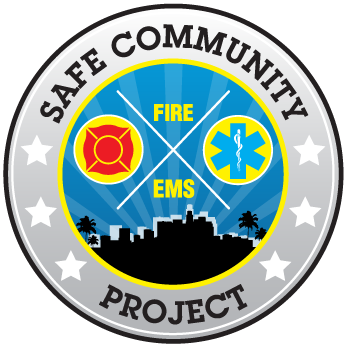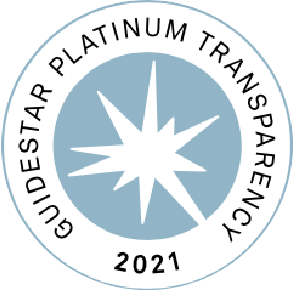Why We Do This Work – The Art of Fire Prevention is authored by David Barrett, Managing Director of The Safe Community Project and Executive Officer of MySafe:LA.
We’re often asked, “why do you do this work?” Everyone appreciates the importance of fire prevention, but why would someone get involved with the fire service when there is no specific payday (MySafe:LA officers are unpaid)? Why, when there is no pension waiting at the end of 25 years of service (yet). Why, when there are so many other paying jobs out there. These are good questions, and I believe we have answers that may help anyone interested in our work better understand how important it is.
First of all, I never intended to get involved in this work. Most of my professional career has been about helping others to tell stories using brand development, training, and media (film). After spending several years working with the LAFD Historical Society and Museum on media, branding, and so on, I realized how important fire and life safety education was. Concurrently, the LAFD was asking my team generally, and my partner (and wife) Cameron and I specifically to assist with a multitude of projects.
So, we built a business plan for fire and life safety education. We showed it to a wide array of people. Doug Barry, the newly installed Fire Chief at the time was very interested. Already, the downturn in revenue was hitting the City of Los Angeles hard, and the Department’s fire safety initiatives were scarce and not coordinated on a Department wide scale. We agreed on a pilot program, to test the waters: 36 schools, and approximately 4,000 students would be involved. We produced some initial materials, created some video, and coordinated with LAFD fire companies, whom we’d bring with us.
The results were pretty exciting. For me, it was a new experience to see the thrill in a young person’s eyes as they learned about something so important. It was fascinating to watch experienced firefighters smile and interact with the kids. It was fun.
But then, my business side kicked in, and I began to ask myself and those I was collaborating with questions: How is this affecting these kids? Are they really learning anything? What are the real issues with today’s students? How do we change their behavior to benefit their families? And, why don’t fire departments do this anymore?
The LAFD leadership was impressed. We were excited, but if we were to continue, there had to be a set of objectives that went beyond fire engines and pamphlets at elementary schools. We began visiting other fire departments. We visited other museums. We spent a lot of time reviewing materials not only from the NFPA and Home Safety Council, but from other fire agencies. And we learned a lot.
Fire agencies were stuck in the 1970s relative to sharing fire education. Prevention isn’t sexy. Ask anyone in a prevention department and for the most part, they’ll share that their job is under appreciated. Today’s fire service world is complex. Creating a fire prevention solution for families in general and at-risk families specifically required an entrepreneurial perspective and engagement. This was of significant interest to not only me, but to Cameron and several other people, all in the fire service with whom we were collaborating.
And so, we created The Safe Community Project. Within that non-profit public benefit corporation, we created a unit for education called MySafe:LA. The idea is that to change the behavior of people (of any age), you have to work to engage them. They need to feel as if they’re part of the solution, not the problem. It’s amazing how people in general, and young people specifically will stand up and want to be part of a solution to any number of problems.
What we do is different, and at present, very few fire agencies could replicate what we do. To create change, the training and expertise required is a mix of talent, most of which is outside of the fire service. And, some of which must come from within the fire service. Most importantly, it cannot be a “project,” or “something you do during this month or that season.” It’s a full time endeavor. It’s because of our years of experience riding out with fire companies, seeing emergency incidents up close, producing video and other materials for the LAFD that we came to understand how these messages need to be crafted – and studied, and analyzed, and improved upon.
We’re just getting started in a full-time fire and life safety educational organization. But we’re already made up of a unique mix of firefighters, educators, media experts, physicians, and public servants. We take national messages, create localized variations, and deliver them in a manner that engages our audience. We test them – before and after, and we analyze the results. We work with outside agencies to learn from them. We train and study internally to ensure we’re qualified to make a difference.
It’s an exciting ride so far, and as we gain traction and experience, I’ll share more with you about the importance of fire prevention in an ever changing world.
David Barrett

